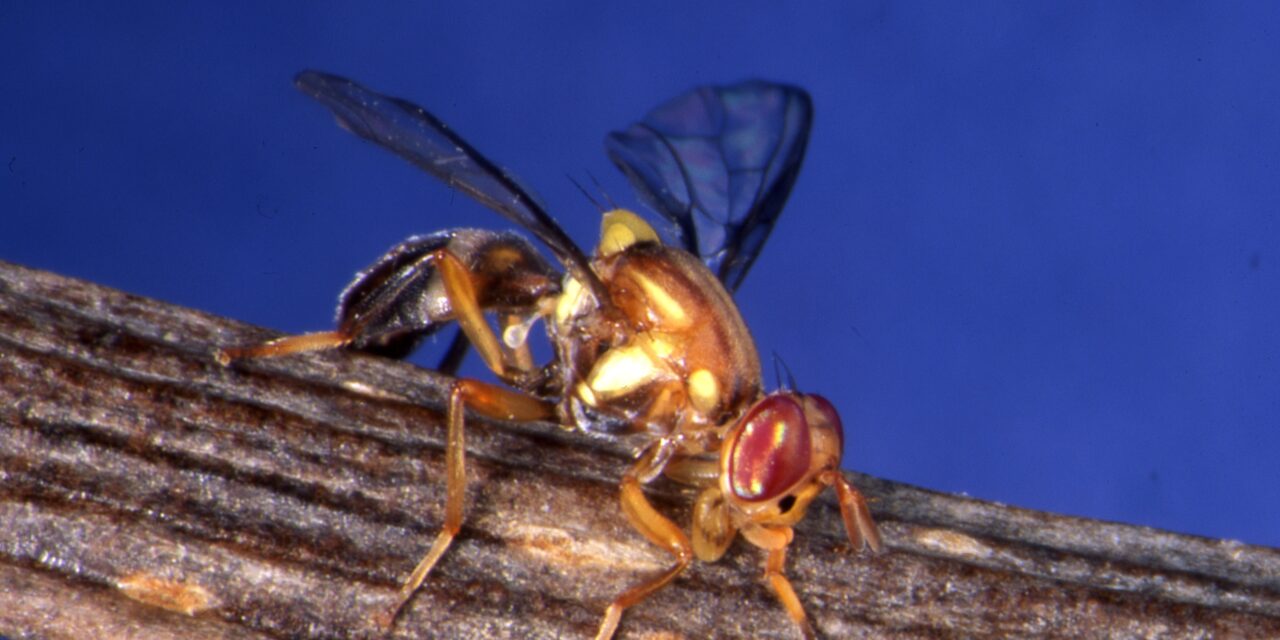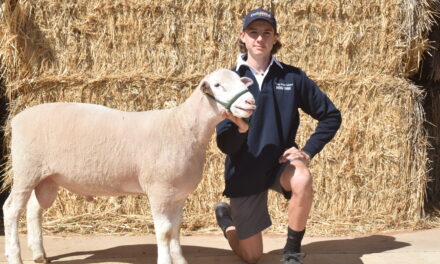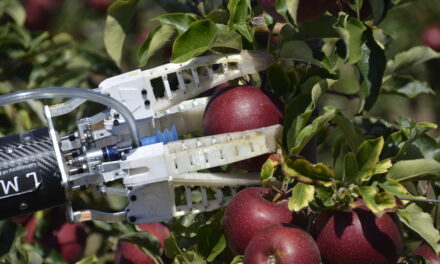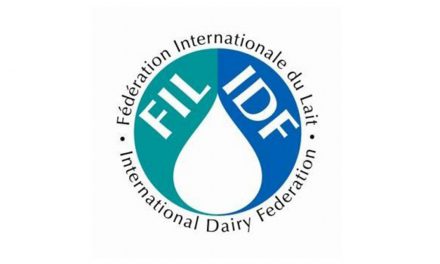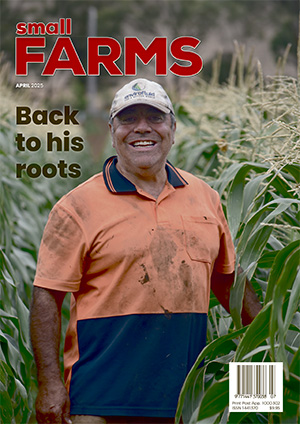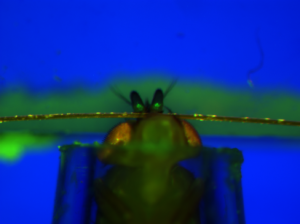
A breakthrough from researchers at La Trobe University’s School of Agriculture, Biomedicine and Environment and their collaborators at Agriculture Victoria has the potential to help control the destructive behaviour of the fruit fly.
Identification of all the ‘odorant’ genes in the Queensland fruit fly is being targeted by AgVic scientists in collaboration with a La Trobe University PhD student in order to better understand the egg-laying behaviour of the native pest.
The fruit fly, Bactrocera tryoni, is a significant threat to horticulture by laying eggs in ripe fruit and fruiting vegetables, resulting in decay and loss of crops.
Associate dean of research and industry engagement Professor Coral Warr said there was a pressing need for new ways to control fruit fly.
“Half of Australia’s $15 billion horticultural industry is highly susceptible to Queensland fruit fly,” Professor Warr said.
“Effective insecticides were recently withdrawn due to environmental impact concerns, so there is an urgent need to identify new ways to control it.”
Prof Warr said insect behaviours were determined by their sense of smell, with odorant receptor proteins used by the fruit fly to detect chemicals emitted by plants.
La Trobe University PhD student Stephen Penrose has identified the most common odorant receptor genes in the fruit fly.
Knowledge of what proteins are produced by the genes and used in odour receptors has potential for future research to determine control options.
“We found that the Queensland fruit fly has many copies of some genes compared to related species, and we think these may be important for host detection,” Stephen said.
“If this is correct, we may be able to use this knowledge to develop new strategies to modify the behaviour of the Queensland fruit fly, with minimal impact to the environment or other species.”
The widely-used and harmless genetic test species Drosophila melanogaster will be used to study gene function by expressing the fruit fly proteins.
Removal of certain genes by ‘knockout’ (inactivation) processes have the potential to remove the ability for insects to produce the proteins which help detect plant odours.
“Then we study the effect on the fruit flies’ ability to find their host plants,” Prof Warr said.
“This is an exciting breakthrough in the search for an alternative control method for the Queensland fruit fly, with huge potential for benefits in the horticultural industry.”
Stephen said 55 genes had been identified, a number which would be narrowed down from surveying the collection of genes in an animal’s DNA across Australia to find the most relevant ones.
The project is part of Stephen’s PhD for which he is in his first year — having dedicated a masters degree to the investigation — and he hopes to have the knockout processes completed by the end of his degree and take the research further into his career.
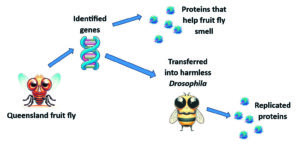
Insect pests are attracted to crop plants by smelling certain chemicals that plants give off.
Stephen Penrose has been able to identify the genes in the Queensland fruit fly which produce certain proteins that it uses for smelling.
Stephen will select the most frequent genes and transfer them into the harmless Drosophila fly to determine what proteins will attract the fly to certain plants.
A possible outcome from the research is to then design traps for orchards that use the desired odour to reduce Queensland fruit fly infestation.

